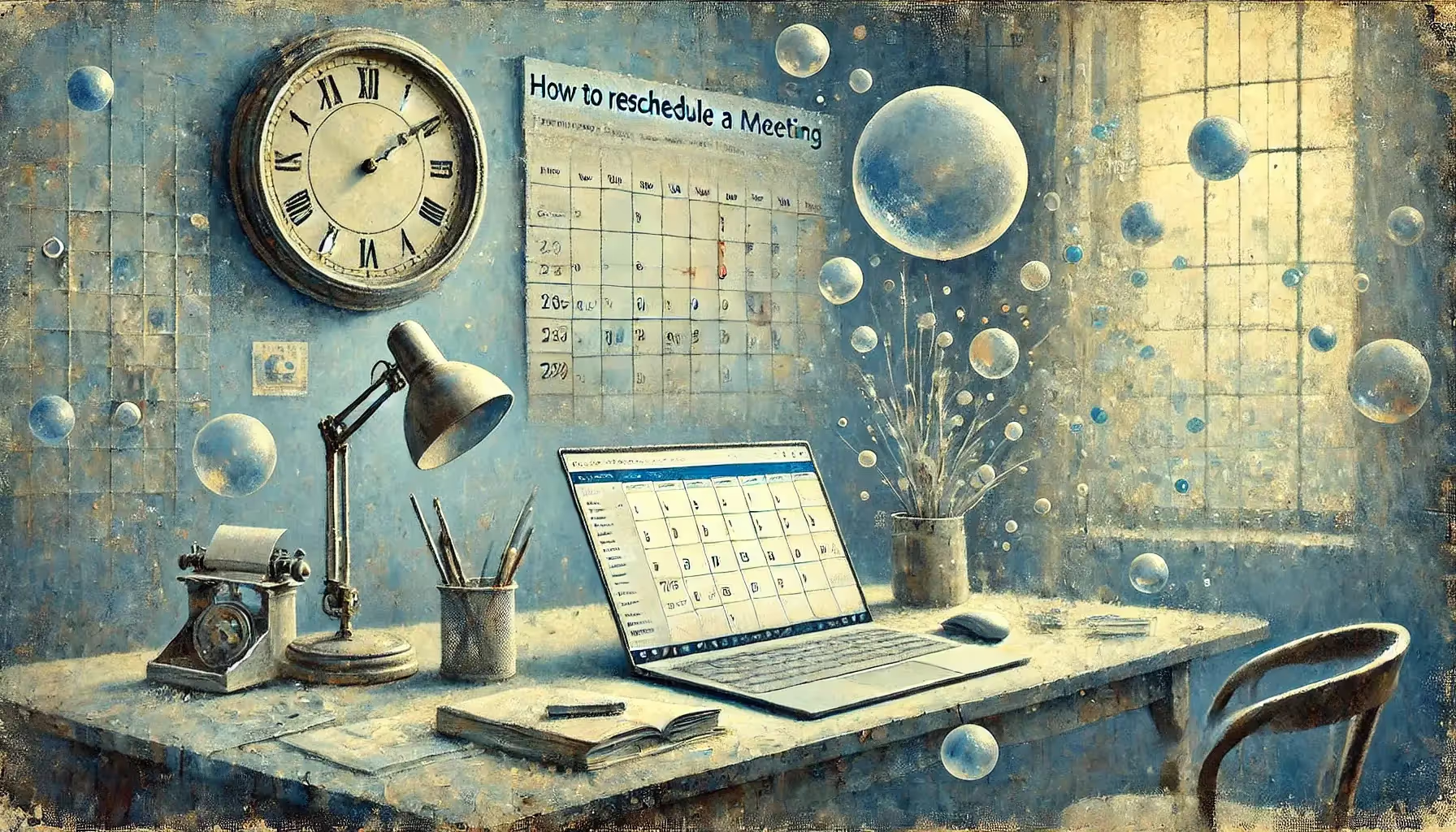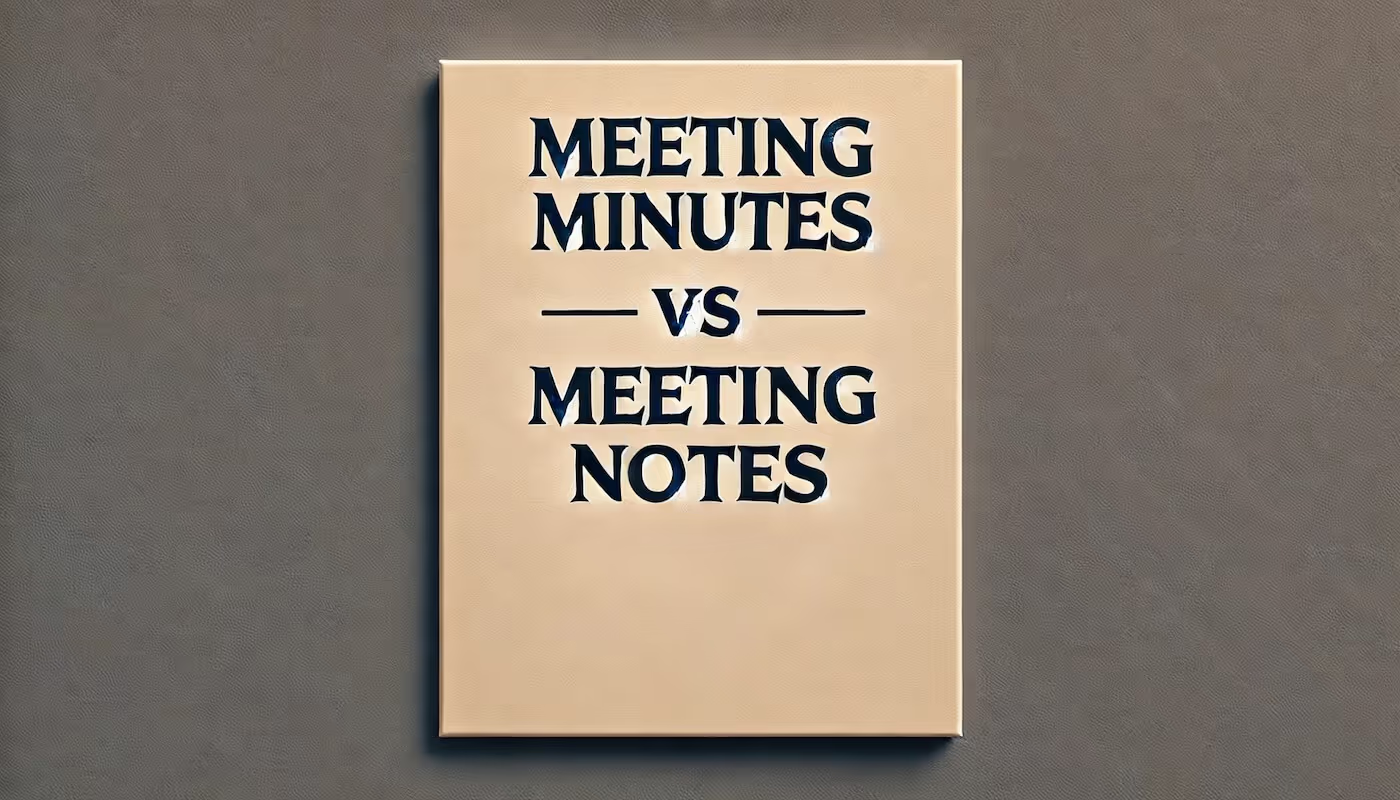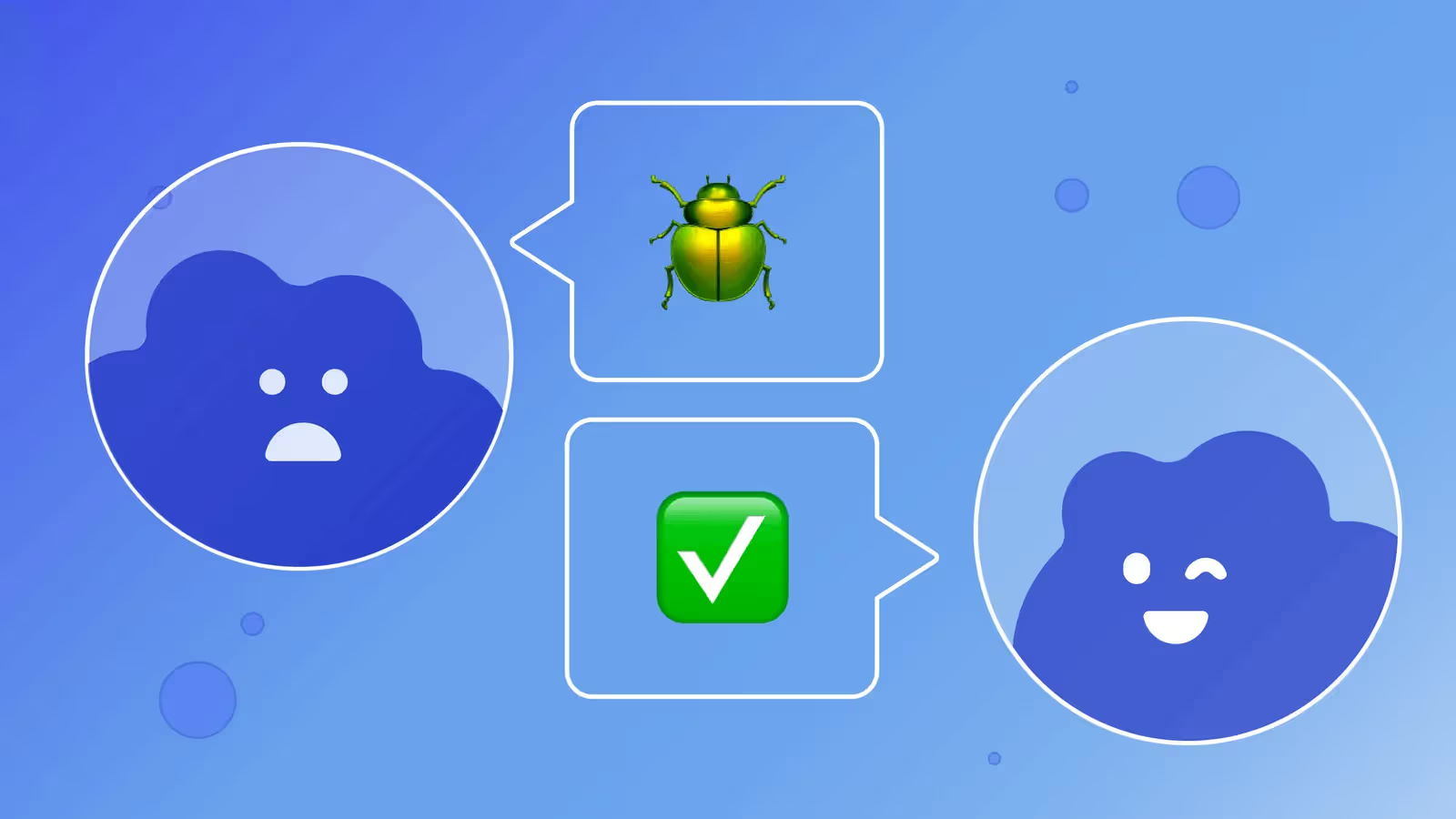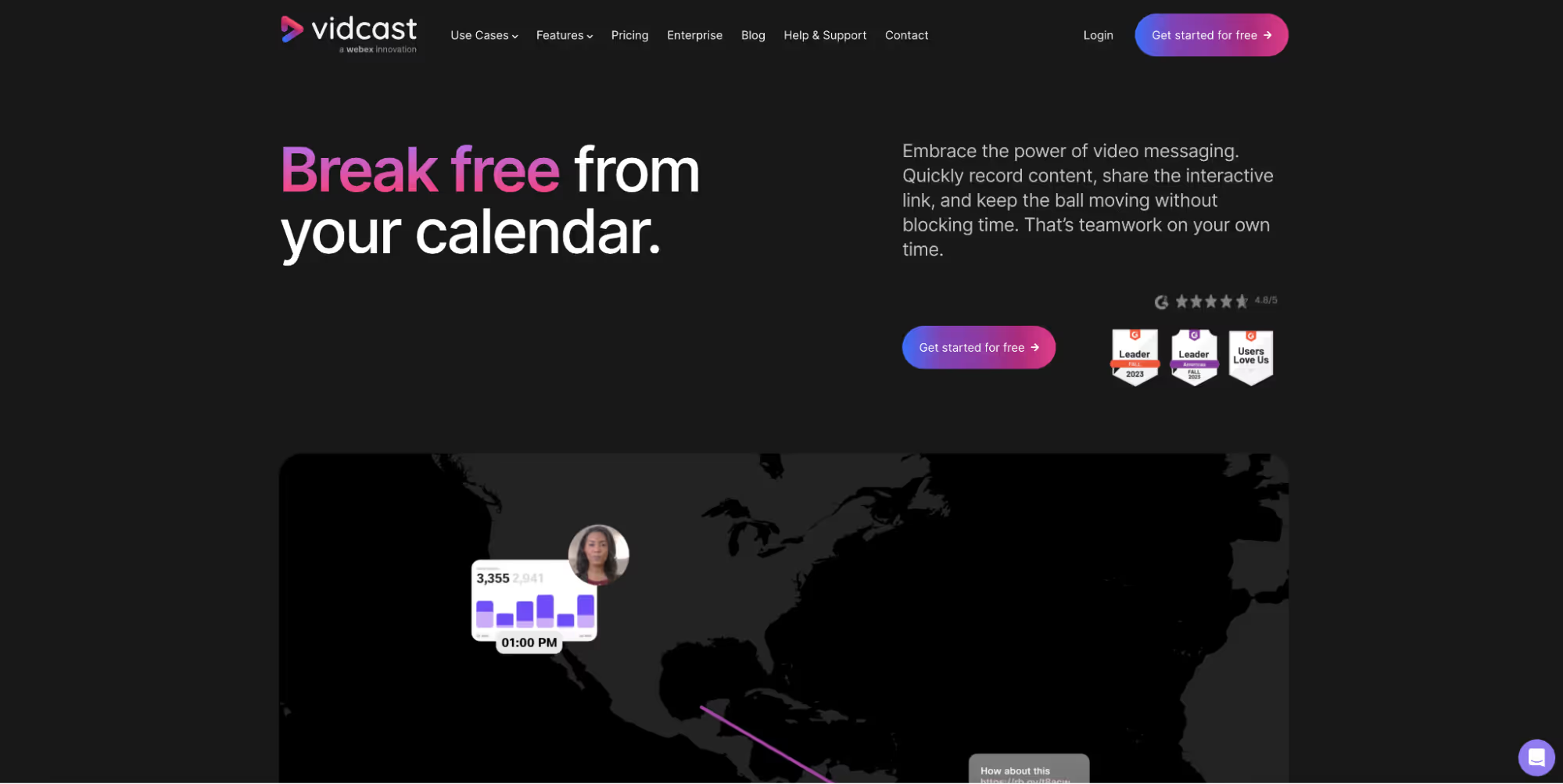
A guide to effective daily standup meetings
Daily standups help you align team members and stay on track. But they can also spiral into unproductive chit-chats. Use these 8 tips to run effective standup meetings.
Do your developers roll their eyes at daily standups?
With workers spending an average of 31 hours a month attending unproductive meetings, no wonder some engineers drag their feet at the thought of daily stand-up meetings (also called daily scrum.) On top of that, running effective standups with distributed teams requires new tools and approaches.

How can you turn your daily standup from a checkbox item into a meaningful routine that helps you align your development team, stay on top of projects, streamline workflows, and increase productivity?
What are daily standups, and why are they important?
Daily standups are short meetings for agile or scrum teams to share project progress, discuss roadblocks, and align their activities. These team meetings typically last between 5 to 15 minutes and should be attended by the product owner, scrum master, and developers.
During the daily scrum, stakeholders will discuss what they accomplished the day before, what they’ll work on, and if anything is blocking them from completing the user stories. The team huddle gets everyone focused on the sprint goals, gives everyone a chance to speak up, and offers team-building opportunities to enhance collaboration.
Team leaders can gain a bird’s-eye view of everyone’s workload, verify that the tasks align with the broader strategy, and ensure everyone is rowing in the same direction. Meanwhile, team members can address impediments immediately to avoid getting stuck and slowing down the software development cycle.
8 tips to run effective, no-BS standup meetings
You only have 15 minutes for focused and meaningful discussions. How do you prevent your daily scrum meetings from spiraling into another unproductive chit-chat gathering or a generic status meeting that misses the mark?
Here’s how to keep your teams engaged and your project on schedule, even if you’re managing remote teams in different time zones.
1. Keep your standups short and focused
Your daily standup should be no longer than 15 minutes — the time limit helps everyone stay focused on the objectives. Your team may be too big if you need more time to get through everyone’s work items.
Every team member should understand the purpose of a daily standup and structure their updates to achieve its goal. The team leader should moderate the conversation when necessary to keep the discussion on track.
2. Ensure all team members are participating
Daily standups are only as good as the information shared during the meetings. The whole team should attend daily to discuss their status to align their tasks and support each other.
These meetings are essential for keeping team members connected and facilitating collaboration. But getting everyone together synchronously, either in-person or via video calls, can be challenging when managing a distributed team.
An asynchronous solution can help ensure everyone can participate equally. For example, you can create a bubble so everyone can chime in to provide updates on their progress and get help with their blockers.
3. Establish clear meeting leadership
Appoint a facilitator (e.g., the scrum master or product owner) to moderate the discussion, ensure that the conversations stay on track, and timebox each team member’s update so the meeting can end on time.
Some teams may prefer to rotate leadership, which can help them improve engagement and gain different perspectives. If you choose to do so, announce who the team leader is at the start of each meeting to avoid confusion.
4. Use templates to guide the discussion
Lack of participant preparation is the top reason that causes unproductive meetings. Sticking to the same format helps team members better prepare for the standup and know what to expect.
You can use a template to establish a daily standup meeting agenda. The key is to keep it simple: State the goal of the meeting and allow each person a few minutes to answer these three questions:
- What they did yesterday
- What they will do today
- What is blocking them from accomplishing today’s tasks
5. Break the ice and have some fun
While you should keep your standup meetings short and focused, spending a couple of minutes to warm the team up can help foster teamwork and facilitate idea exchange to yield better results.
You can also use the opportunity to gauge the general sentiment across the team. If everyone seems wound up and overwhelmed, see if you need to address more extensive issues with the team dynamics or project plan.
6. Set aside unrelated conversations
Even the most efficient agile teams aren’t immune to getting distracted by tangential conversations. The meeting leader can keep the conversation on track by putting aside unrelated topics and asking team members to pick them up after the meeting.
It’s also easy to get side-tracked into problem-solving during a daily standup. Table the discussion and have the next team member share their updates to keep the momentum. Schedule a follow-up meeting to address the issue.
7. Get feedback from team members
Seek feedback from your team to make the daily standups more helpful. You can ask for feedback at the end of a meeting if there’s time left or schedule a separate discussion to collect more extensive comments.

Alternatively, you can create a bubble and ask team members to share their thoughtful feedback. Everyone will have the chance to speak up so the squeaky wheel doesn’t get all the grease. Team members can also record timestamped responses to build on each other’s comments.
8. Follow up with action items
Meetings won’t do any good if team members don’t follow up on the discussion points. In fact, recording the decisions and ensuring everyone is on the same page can save you a lot of headaches later on. Our founder and CEO, Tom Medema, learned from experience:
“Misalignments between decisions and next steps can cause breakdowns. In the early days of building bubbles, I discovered what I thought was agreed upon at the end of a meeting was radically different from what others thought we did. Today, I put more time into recording decisions and creating an environment where people can speak up.”
Take notes during your daily standups and share the meeting minutes to ensure everyone knows what they need to address. You can create a bubble to record the follow-up items — it also allows team members to continue the discussion and keep everyone current on the latest decisions.
Asynchronous daily standups: A better option for distributed teams

Running synchronous daily standups can be challenging when you have a distributed team. Zoom fatigue is real — video calls often take more time and are more mentally taxing for many. Also, the format may make it harder for people in different time zones, with various work styles, and follow different schedules to participate in every meeting.
Instead of a synchronous meeting, you can use an async communication tool to make the process fit everyone’s schedule. Team members can share their status whenever it works best for them (e.g., at the start of a workday) so they can provide accurate updates without unnecessary time pressure.
But a four-day-old status update won’t help keep the team on track. Set a time window (e.g., 4 hours) within which each team member must post updates to balance flexibility with timely information.
Add context and interactivity to your async standups
Most asynchronous methods are text-based and static, so how can you add context to the discussion, capture the nuances of non-verbal cues, and keep the meeting interactive?
Bubbles help you get the best of both worlds.
Bubbles is a must-have 2-way feedback and collaboration tool for modern distributed teams. You can create a thread for your daily standup and have each team member respond with a timestamped comment. Other team members can listen to the updates and chime in (e.g., share insights to overcome a blocker.) Meanwhile, you can ensure that all the decisions and action items are recorded for easy follow-up.
Sharing your bubble is as easy as sending the URL or sharing it on Slack. Team members don’t need to install any software to view and comment on the video. How does it get any easier than that?
Download the free Chrome extension, and you’re ready to rock your async daily standup.
Make your
meetings matter
Loved and trusted by 100,000+ users:
- Automatically Record and Transcribe Meetings
- Extremely Accurate Notes, Summaries, and Action Items powered by AI
- Works with Zoom, Google Meet, and Microsoft Teams
- Save time and follow-up with quick async videos
Simply connect your work Google or Microsoft Calendar to get started.
Collaborate better with your team
Get your point across using screen, video, and audio messages. Bubbles is free, and offers unlimited recordings with a click of a button.
.avif)
Collaborate better with your team
Get your point across using screen, video, and audio messages. Bubbles is free, and offers unlimited recordings with a click of a button.
.avif)













.avif)